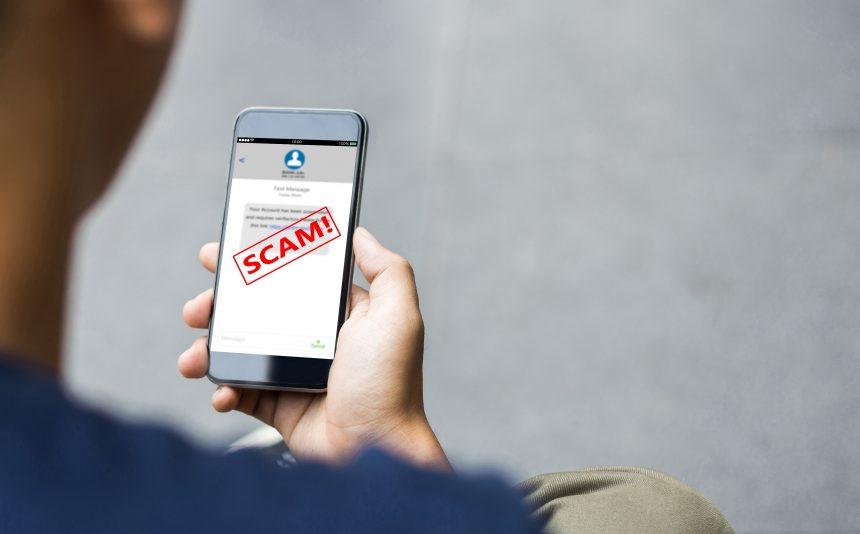In the vast realm of cyberspace, scammers are relentless in their pursuit of deceiving individuals and pilfering cryptocurrency. The “FTX Customer Claims” scam is a nefarious attempt to trick unsuspecting victims into divulging sensitive information under the guise of participating in FTX Chapter 11 proceedings. This article sheds light on the intricacies of the scam, offering insights into its actions, consequences, and providing guidance on safeguarding against such fraudulent schemes.
The “FTX Customer Claims” Scam: A Fraudulent Web of Deception
The “FTX Customer Claims” scam is a well-crafted deception that unfolds in several stages:
- Mimicking Legitimate FTX Portal: The scam page replicates the appearance of the legitimate FTX Customer Claims Portal, creating a false sense of authenticity.
- Deceptive Instructions: Users are misled into entering their FTX credentials and Multi-Factor Authentication (MFA) under the pretext of accessing account information and submitting proof of claim for FTX Chapter 11 proceedings.
- False Verification Steps: The scam prompts users to confirm their email, provide Know Your Customer (KYC) information, and review account balances. These steps add a layer of false legitimacy to the scheme.
- Cryptocurrency Draining Mechanism: The final stage involves users connecting their wallet, unknowingly authorizing a malicious contract. This triggers a cryptocurrency draining mechanism, moving funds from the victim’s wallet to that of the scammers.
The “FTX Customer Claims” scam poses significant threats, including loss of sensitive information, monetary loss, identity theft, and potential malware infections. It leverages social engineering techniques to exploit users’ trust and deceive them into compromising their cryptocurrency holdings.
Guarding Against the “FTX Customer Claims” Scam: Best Practices
- Verify Website Authenticity: Always double-check the authenticity of websites, especially when prompted to enter sensitive information. Verify the URL and look for signs of a secure connection.
- Direct Access: Avoid clicking on links provided in unsolicited emails, messages, or social media posts. Instead, navigate to the official website directly.
- Authentication Practices: Be cautious when asked for login credentials, MFA, or other sensitive details. Legitimate platforms typically do not request such information through unsecured channels.
- Educate and Raise Awareness: Stay informed about prevalent scams and educate others to recognize and avoid deceptive practices.
- Secure Your Wallet: Be wary of connecting your wallet to unfamiliar platforms or websites. Verify the legitimacy of any service requesting access to your cryptocurrency.
- Report Suspicious Activity: Report scams and fraudulent activities to the relevant authorities and the platform being impersonated.
Conclusion
The “FTX Customer Claims” scam underscores the importance of staying vigilant in the digital landscape. By adopting preventive measures, verifying website authenticity, and raising awareness, users can fortify their defenses against deceptive schemes. Remember, protecting your cryptocurrency involves not only securing your digital assets but also safeguarding sensitive information from falling into the hands of cybercriminals. Stay informed, stay cautious, and navigate the digital realm with resilience against fraudulent endeavors like the “FTX Customer Claims” scam.





